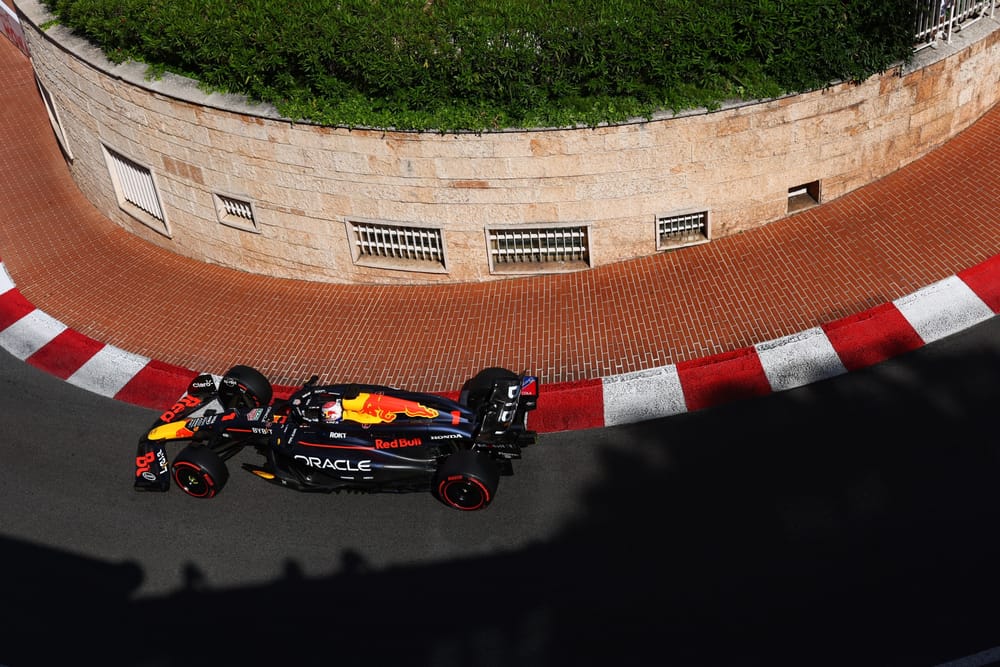Up Next

So it finally happened: for the first time in 2024 it’s not a Max Verstappen/Red Bull pole. He’s not even on the second row and starts behind both Ferraris, both McLarens and a Mercedes. And team-mate Sergio Perez went out in Q1, in P18.
In truth, Oscar Piastri’s second-fastest time in the McLaren might just have been in reach for Verstappen if he’d not glanced the Ste Devote wall on his final run (though Piastri himself is adamant he himself could have done a better time than that). In any case, Charles Leclerc’s pole in the Ferrari was well out of reach of the Red Bull, which all weekend has been a bouncing handful over the circuit’s bumps and kerbs.
It’s a very similar scenario to that suffered by the team in Singapore last year.
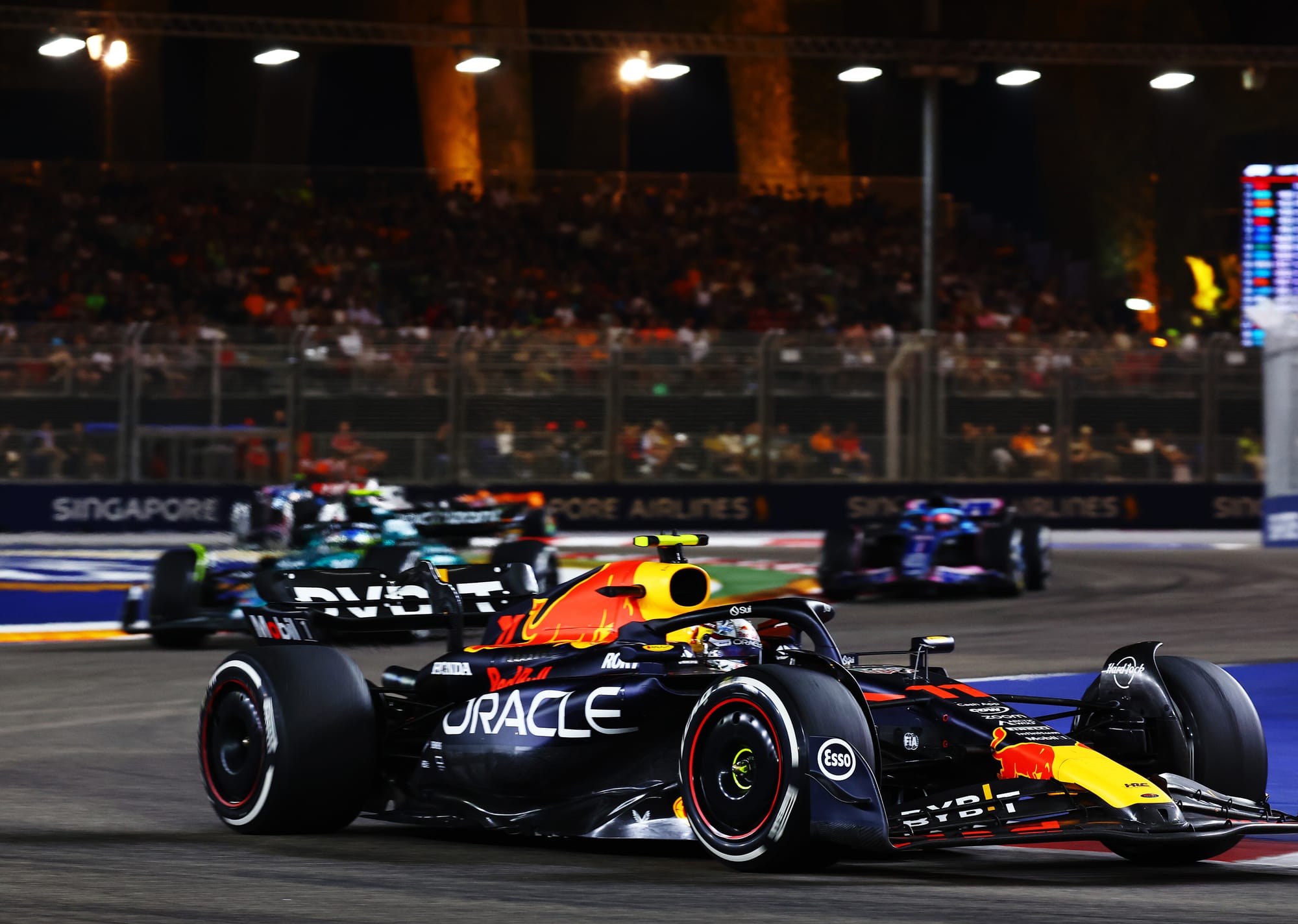
Red Bull’s simulation of Monaco gave no suggestion that the car would struggle over the bumps, and so it arrived here with a Friday set-up that simply did not work. But for quite different reasons to that of Imola Friday last week. This is much more like Singapore ’23.
But that was simply the last time this specific intolerance of bumps and big ride heights was exposed by cars good enough to take advantage. Verstappen is adamant the problem has been there for much longer than that. Since 2022, he says.
So there is clearly a simulation deficit around this specific combination of relatively big rear ride heights and bumps, perhaps something mechanical rather than aerodynamic which the simulation is not picking up.
Red Bull believed that with the RB20 it had corrected this shortfall of last year’s car, but this weekend showed that not to be the case. It tried to soften the car, first of all with Perez in FP2 and subsequently with an all-new set up devised overnight with the help of the simulator back at the factory. Verstappen didn’t feel it had made much difference and believes that, unlike at Imola, the problem here is more fundamental than can be fixed with a different set-up.
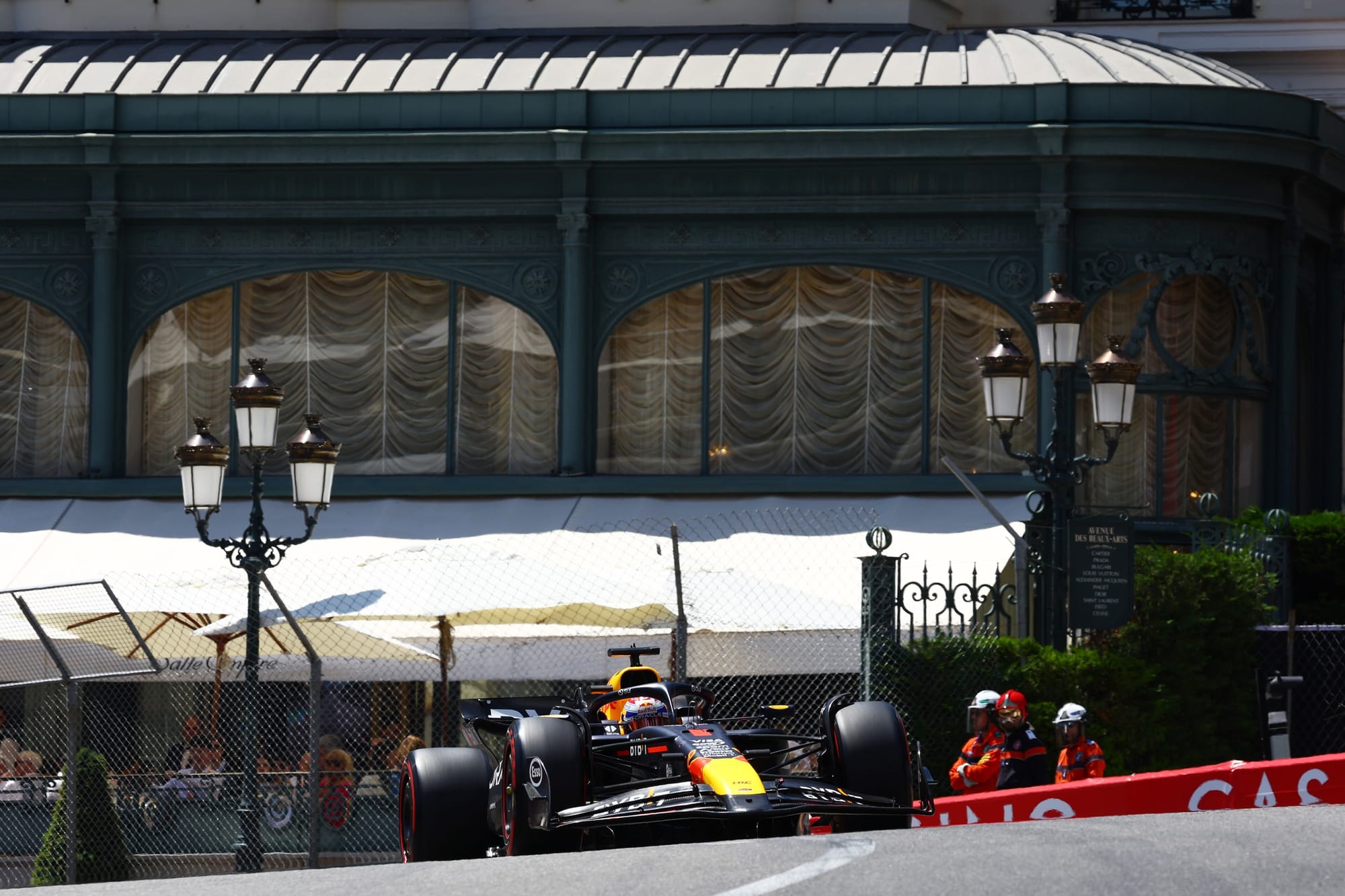
“We tried a lot of things on the car,” explained Verstappen. “Literally nothing made it better. So then you’re just stuck, we really tried to optimise it but at some point when you are stuck with that… you can see in the second sector we are so bad just because I cannot touch any kerbs. Because it just upsets the car way too much and you lose a lot of laptime.
“We went softer, stiffer, everything. But the car is like a go-kart. It’s like I’m running without suspension."
The car cannot be run too soft without dumping an unacceptable amount of downforce. That is something specific to the concept and design of the car. The rear suspension and underfloor design are a fundamental part of what has given Red Bull such an advantage in the ground effect era - consistent downforce throughout the speed range through a combination of a sophisticated underbody geometry and clever suspension design.
Running with a relatively high tunnel roof, the car can run low without inducing bouncing, probably thanks to long travel and relatively soft (by the super-stiff standards of ground effect cars) suspension. But there is vertical stiffness and roll stiffness. Even if vertically the suspension is quite compliant, in roll it seems it is not.
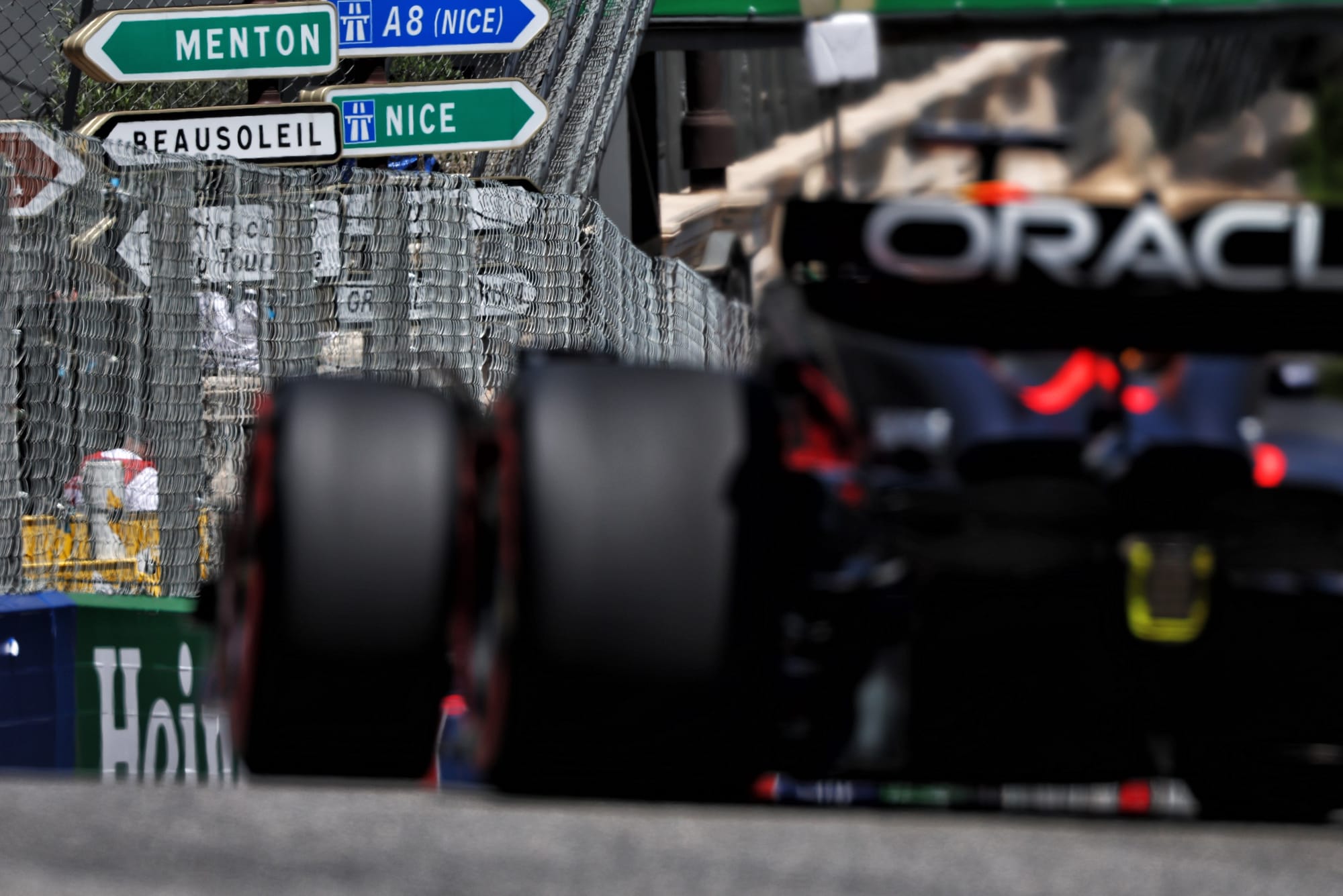
That super-tight roll control will help enormously in keeping the underfloor performance consistent, but a specific thing Verstappen says about the car around here (and how it’s been for the last three years, just less under attack by the others) suggests why a key limitation is exposed whenever a track demands a lot of rear ride height. Verstappen says: “Any kind of camber change [in the road] and it just doesn’t work, doesn’t really absorb it. And that’s life and that’s where we lose the laptime.”
If the suspension is restricted in its roll stiffness, a high ride height and lots of vertical travel could leave it unable to have the range of movement needed to absorb camber changes in the road. Hence the forces just feed directly through to the chassis, giving the severe bouncing. It is not aerodynamic bouncing, but mechanical.
Partway through FP2 Perez tried a set up with a 15% reduction in roll stiffness. It didn’t work, losing the car far too much aerodynamic performance. It simply traded one limitation for another.
Verstappen is insistent that the problem is fundamental to the car and won't be cured. Rather there will simply be tracks where it’s exposed more than at others – and that the limitation has always been there, but it has never previously mattered competitively.
But now, with a genuinely fast Ferrari and a genuinely fast McLaren, such tracks will threaten its status as the fastest car.
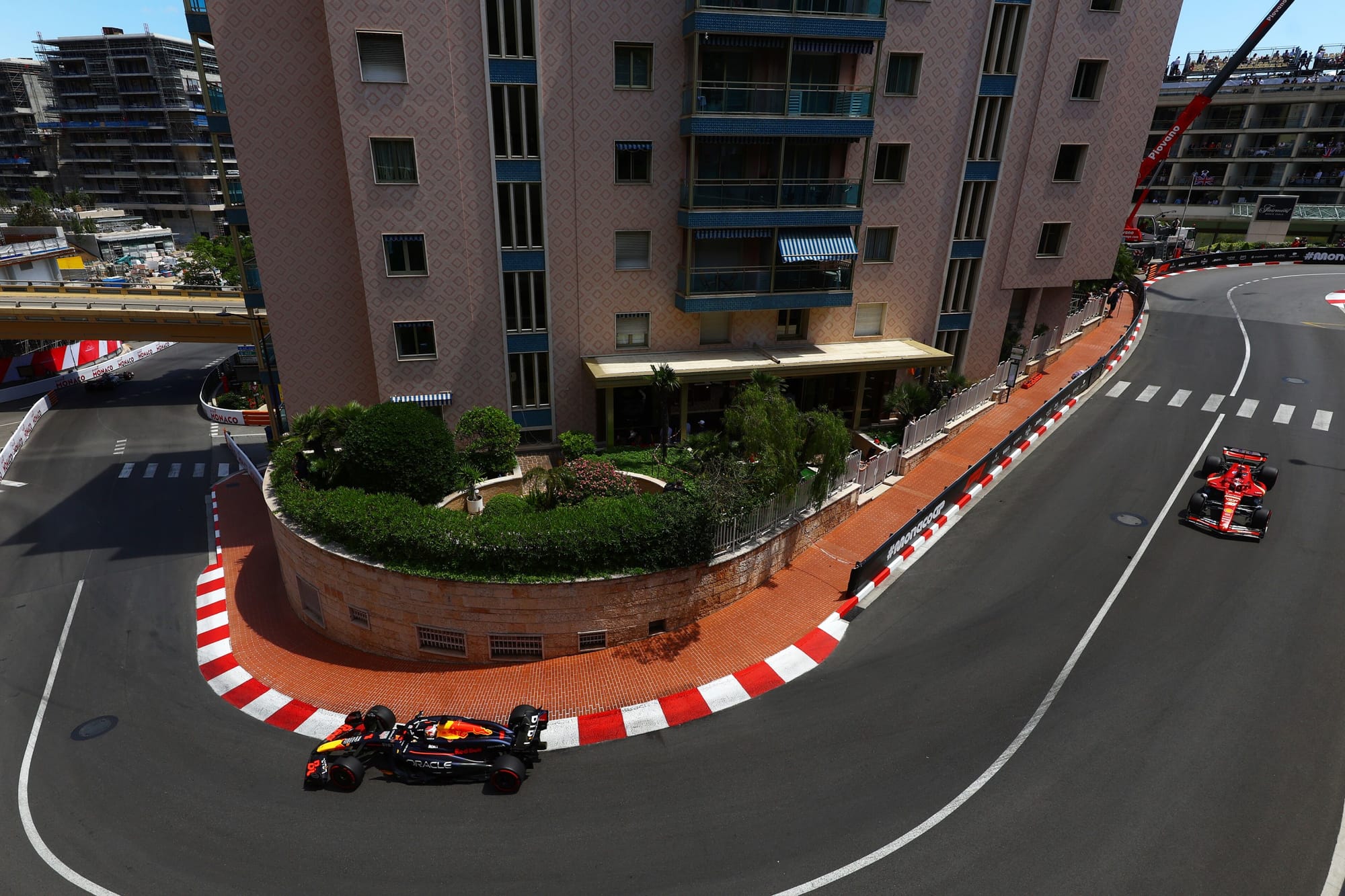
“I think Red Bull still have the fastest car,” said polesitter Leclerc. “But on a track like this, which is specific, they don’t have the best car.” Indeed - nor the second-best car either.
So finally, the creeping cumulative force of competition – after two and a half seasons – has exposed Red Bull’s weakness, one that was there, unseen, all along.


